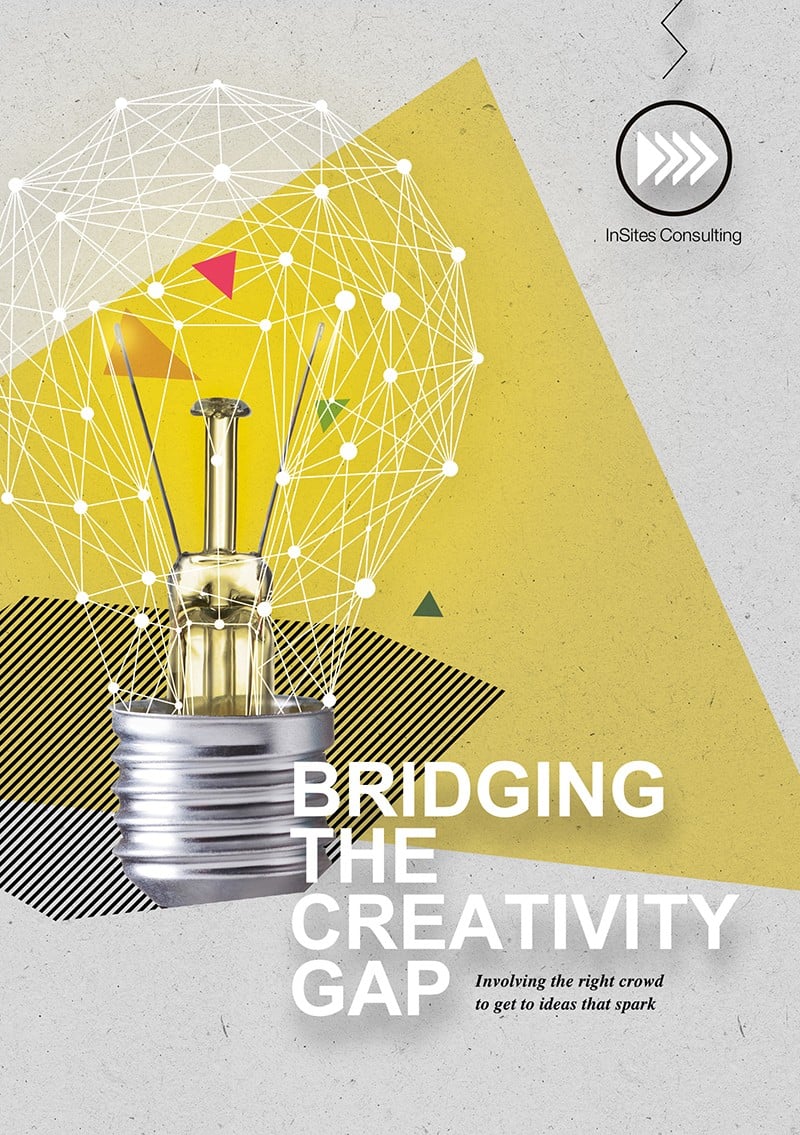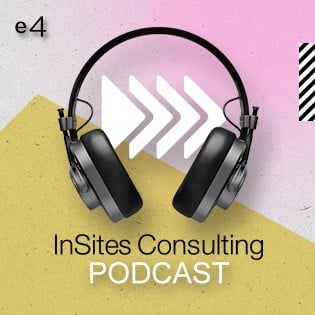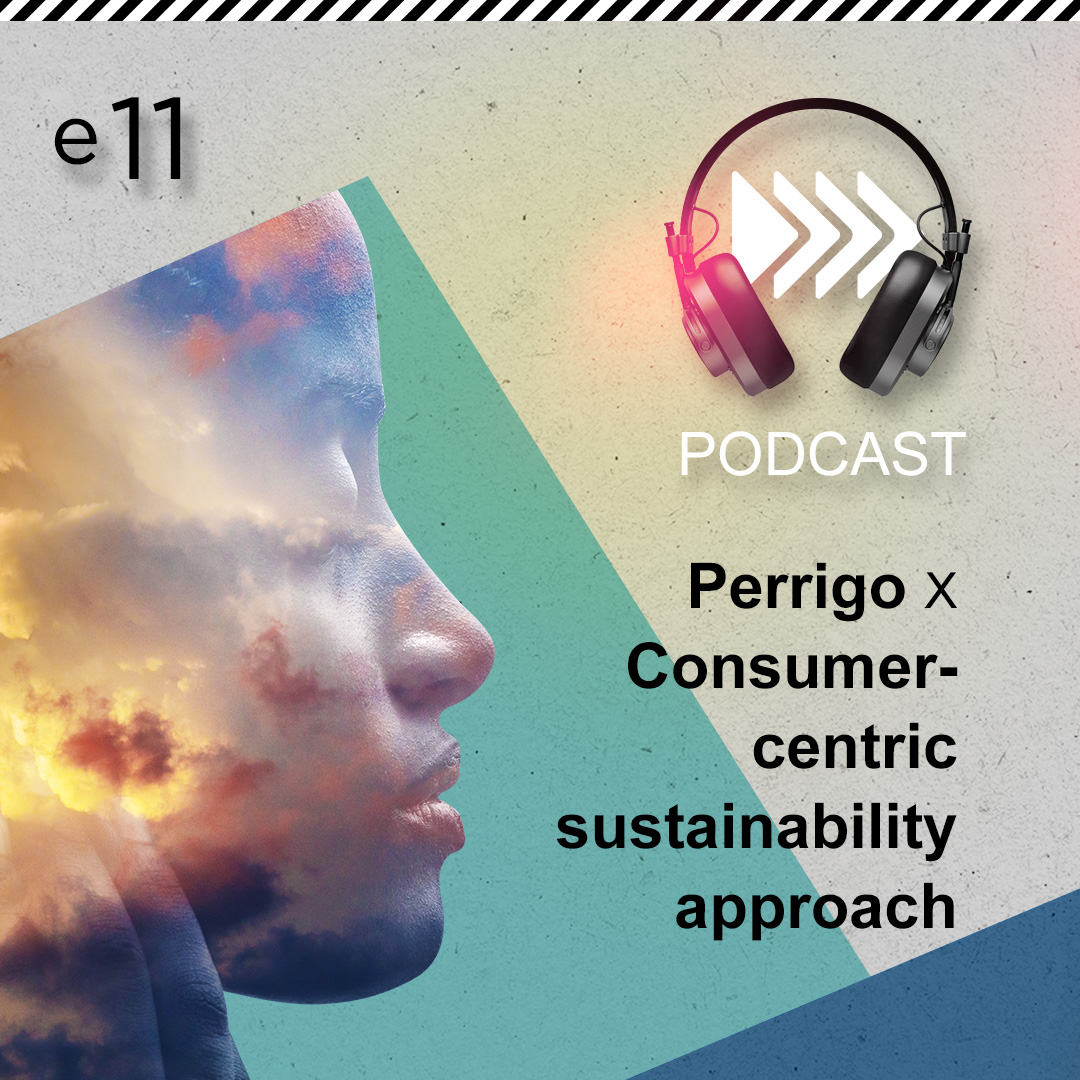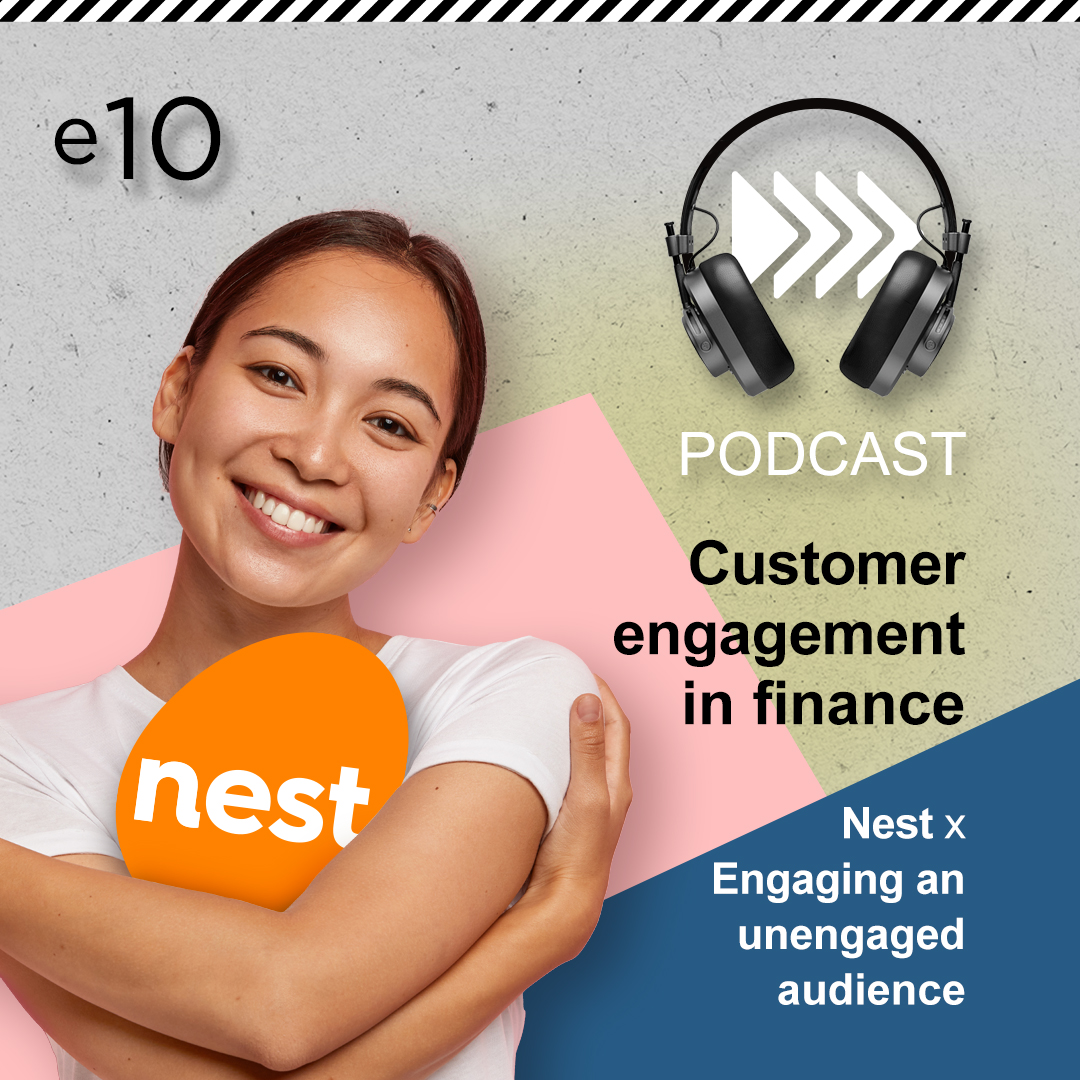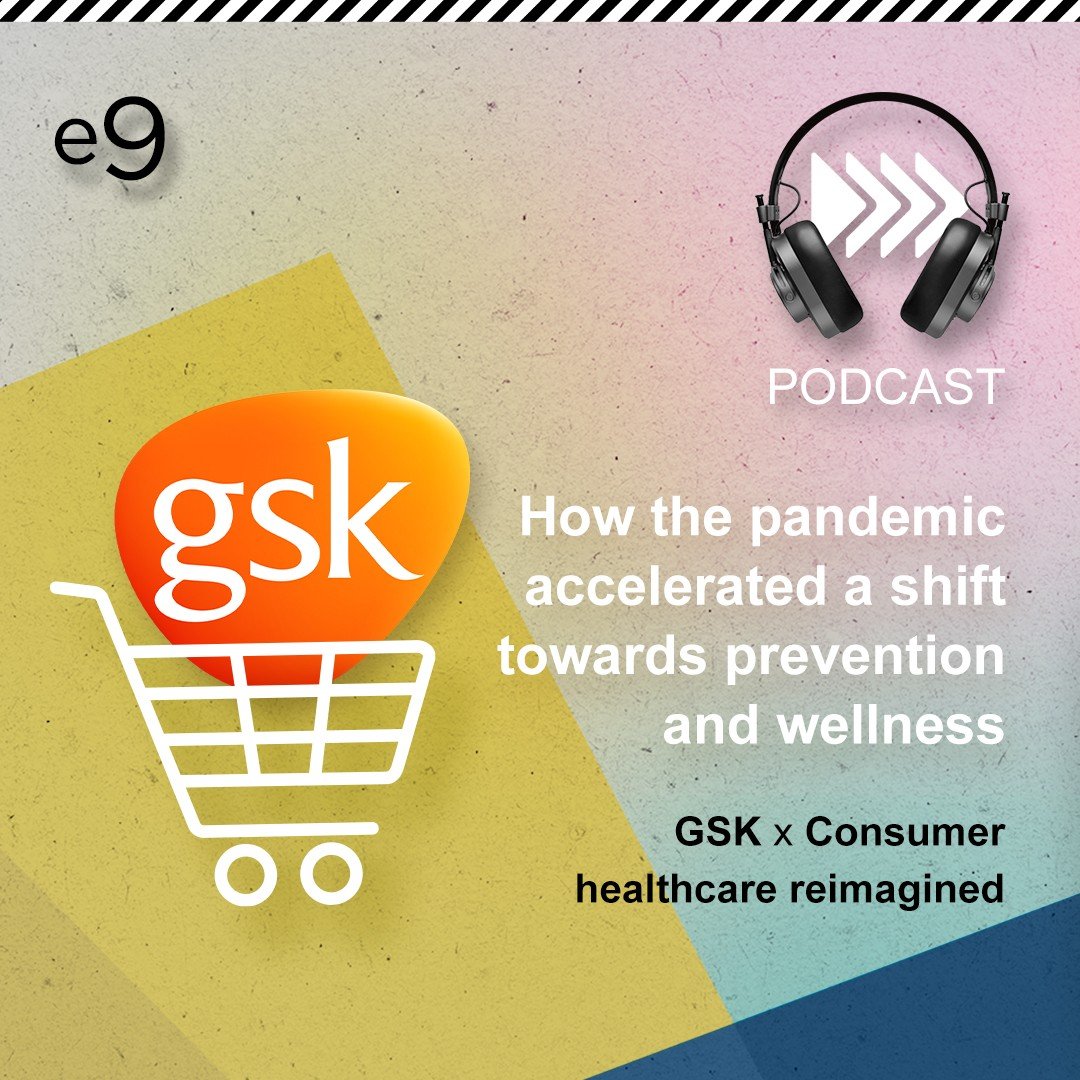Script
Farrell: This is A Penny for your Thoughts, I’m Farrell Styers.
There’s one skill that is sought out by employers more than any other. It’s a skill that companies feel they need and have a hard time finding. It isn’t coding or math. It has nothing to do with software, or interpersonal communication. The skill that companies are so desperately seeking is creativity. According to LinkedIn, in a review of over 50,000 skills, creativity was found to be the most in-demand skill for 2020. And in an IBM survey of 1,500 CEOs, they found that creativity was the most sought-after leadership competency for the future. This comes above management discipline, integrity or even vision. Companies want creativity because it helps them innovate, it helps them find new solutions to problems, and it’s an insurance policy against uncertainty. But creativity can often be in short supply. There’s not only the challenge of finding creative people.
Felix: Also just because it’s difficult to find truly creative people. You have the 1% who are the creatives, so they have the rare ability to come up with fresh and new ideas.
Farrell: But challenge is in keeping that supply of creativity going. Today we’re going to explore this skill, more specifically we are going to look at how crowdsourcing can be used to bring creativity into a company that needs it. We’ll even see how it fits in with the current coronavirus context. In our last episode, we talked to a company that had incorporated creative crowdsourcing into their innovation approach. Today we’ll dig into the why of crowdsourcing. Producer Felix Rumpf stopped by the studio to explain what he found when he explored this issue of sourcing creativity. So, Felix, welcome.
Felix: Thank you.
Farrell: So we know now kind of why creativity is a big deal, or why companies or brands should care about it. But you have a story about how to go about it. Why is it so difficult? What is the struggle with creativity?
Felix: The problem is not so much the creativity itself, but to be creative all the time, to have sustainable creativity . And for sustainable creativity, you need on the one hand sustainability, meaning you need to come up consistently with fresh ideas, which is limited by a company working with in-house creatives or the same fixed agencies. You have a limited group of people who at one point will just run out of ideas. Because they’re a homogeneous group, they’re a limited group, and at one point they’re going to scrape the bottom of the barrel.
Farrell: This problem of sustainability also comes up against the 1/9/90 rule that has its roots in social media. It states that 90% of people will just consume content, 9% will curate and interact with it, but only 1% will create it. And these are your creatives. So they’re rare.
Felix: So you have the trouble that you won’t be able to find them, that many. And you can’t hire all of them because you need to pay them of course. It needs to be a sustainable business as well.
Farrell: This group also tends to be too similar to each other.
Felix: When you’re working close together, like physically close together, you will be able to work more efficiently. It’s the same also, the more similar the people to each other, the more efficiently they will work together. Because there’s less of a language barrier and less of a general, broad communication barrier. But you’re losing different perspectives. So you will be less diverse as a consequence. And what that means is, if you’re less diverse, you will be less equipped to deal with a diverse set of problems.
Farrell: There is even a name for this; it’s called the ‘diversity trumps ability theorem’. It states that a randomly selected collection of problem solvers outperforms a collection of the best individual problem solvers. If you have a group of people working in the same office, they are working in the same office culture, dealing with the same challenges from the company, and in general just start to become more similar. Not to mention that they clearly live in the same area, and may share lots of other traits. This finite pool of people can only be so diverse, so it can be a challenge to get creative new ideas from them. On top of the challenge of sustainability and diversity, Felix said the next issue was one of empathy. Professional creatives tend to be of a certain class, and as such might sometimes struggle to empathize with the customers they’re trying to solve problems for.
Felix: Well, they will run into issues in truly thinking themselves into the shoes of an average consumer. There will be some degree of disconnect. It’s always a struggle. And it will be an effort to achieve that, and it won’t always work. So the question then is, what are you doing about these challenges, if you can’t rely on your in-house creatives, at least not all the time.
Farrell: One way to address this challenge is creative crowdsourcing. eÿeka, which is the InSites crowdsourcing solution, is one example of how companies can bring in a steady stream of creativity. So what is creative crowdsourcing? The idea is that an organization can detail out their creative challenge in a brief. And then this challenge is published to a large online community of self-proclaimed creatives. The ideas judged to be the best are rewarded with incentives, and that creates an incentive for them to return for more challenges.
Felix: There is no barrier or filter put on there. Anyone who thinks of him- or herself as a creative and has access to the internet can take part in these challenges. And then it’s a matter of how truly creative their input is, or how useful to the problem at hand, which ones get selected as best or as winners. But what you know for sure is, you will get a wide range of creative solutions.
Farrell: And when you think about it, this addresses all the concerns he laid out previously. By having a community of thousands, hundreds of thousands in this case, you can certainly argue that the flow of creativity is more sustainable. It’s also more diverse because you have people from all walks of life all over the globe participating. And with this amount of diversity, you are also far more likely to find people who can actually empathize with the problem the company is trying to solve. But to get beyond the theory, we spoke to someone who has been working in creative crowdsourcing for several years.
Thomas: My name is Thomas. I joined eÿeka six years ago. It was my first job. So my position today is, I’m account manager so in charge of helping our clients tapping into that crowdsourcing creative community that we have and that’s what eÿeka is actually. We are a crowdsourcing platform where people from all over the world, creatives, go. That’s the website that anyone can access and where anyone can register, and what those people are looking for, is they want to practice their skills, express their creativity, be inspired by brands and their challenge, and that’s what they find basically on eÿeka.
Farrell: When a company wants to crowdsource creativity, they’re usually looking for help in one of two areas, innovation or communication. But Thomas emphasized that this could take many shapes.
Thomas: The good thing about eÿeka and what’s fantastic about crowdsourcing, is that the community is so large and so diverse we can tackle almost everything. Almost everything, I can explain that in a few words and a few examples. It can be something like a challenge on communication for dentures for senior people living in the US. This is an existing project that we’ve done last year, to something that is much more generic like invent a new toilet block in the UK. These are the different types of things we can do with the community. Working on innovation, create a new product, a new experience. Communication, to imagine a new campaign, new ways to communicate on a product benefit, for instance. Or sometimes it’s more like creating a full story with people developing story boards or packaging. There are many, many types of use for creative crowdsourcing, and many different types of clients tapping into the richness of the crowd.
Farrell: The idea of creative crowdsourcing is to solve new problems in a novel way. And there is one problem that has been on everyone’s mind lately: coronavirus. The coronavirus has introduced countless new problems for people and businesses. And while we’re only a few months into this new reality, Thomas explained that the crowd has already been used to look for creative solutions to problems created by the crisis.
Thomas: First what was interesting during the COVID is that we’ve seen the traffic on eÿeka increase. We’ve seen I think +60% in terms of people going on the website looking for challenges, which was evidently a clue that people were stuck at home and were looking for new things to do.
Farrell: Crowdsourcing during the crisis hasn’t been limited to eÿeka. Businesses, governments and even artists are crowdsourcing their way through the pandemic.
Thomas: A very interesting example that we’ve seen here in France was Decathlon, which is a massive not only retail shop, but they do a lot of sports material. And they have their own crowdsourcing platform, and they launched very specific to COVID challenges and projects of research, to really see what people can do using their own sports equipment, to protect from COVID. So it’s using something that you are supposed usually to put on your neck, you put it on your nose and you do a quick DIY thing to make it work like a mask. So very different types of examples of using their products, and asking people who are the users, their consumers, to find creative ideas to fight COVID. And there were more institutional examples. We’ve seen the Ministry of Defense in France, for instance. They have launched their own call for entry, asking people or innovators or small companies to submit ideas. They listed challenges that they had as Ministry of Defense to fight COVID, and basically they were looking for ideas. That’s two different examples. And another one that we saw that was really interesting and that’s one example, but I guess there were many others on the social media like Instagram or Facebook, but a famous rock band in France, at the beginning of the COVID, they were about to launch a new album and start a tour. But everything was obviously cancelled, and they decided to take the opportunity of being stuck at home and having all their fans stuck at home to work together and collaborate, co-create, and at the end of the lockdown they released a song that was co-created by their whole fan base. Because during one week they were working on the sound. Another week was on the writing of the song. The week after was about asking anybody who knows how to play the guitar to work with them and develop the rhythm etc. So that was really an interesting initiative, and we’ve seen people having more time, being able to engage creatively, and creativity playing a role there to fight boredom.
Farrell: eÿeka also got in on the COVID creative crowdsourcing. Thomas put us in touch with another colleague to help explain.
Heather: I’m Heather Tluczek, I’m in the role of Managing Director for the South African office.
Farrell: Heather is not just the Managing Director of the South African office. She also managed the company’s coronavirus creative challenge.
Heather: Effectively, obviously with the onslaught of COVID and the world really going into lockdown, we had launched a consumer community, where we were getting feedback from consumers on the pressing topics that were on their mind and on their hearts, and really plaguing them. And from that some key insights were born. One of them really being that people really quickly became quite fearful of crowds, and how they would go back to normalcy where there would be crowded settings and they would have to go about their daily business. Then we took that insight, which I’m sure we can all relate to; I certainly can; and we framed it in the context of a challenge to our creative community, so to our eÿeka participants. We really wanted them to help us help brands create products or services that would help consumers go back into the world, especially into settings that might have crowds or that would still be a like a post-COVID world really. And what sort of preparations could brands be doing now in terms of the innovation pipelines, or what sort of communications should they be doing to help consumers navigate back to the new normal.
Farrell: This wasn’t a project for a particular client, but an open call for ideas on how brands of all kinds, across sectors and categories, can deal with this new reality.
Heather: It was really like: what can brands do to help them with that journey? So, recognizing that they also themselves might have to reshape some of their own products, or services might become slightly more obsolete or more in demand in this new time. Basically what they had to submit, our creatives, was to recognize a problem that exists in the new world, and to present a solution to that. The realm was really open to them. It was really broad, in the sense that they could pick any challenge and find any solution to it, but they would have to motivate which brand or which industry would be best positioned to provide that solution. We issued the challenge and we really only had or allowed ourselves 12 days to capture all of the results, and it was quite phenomenal to see just how many responses we got in that timeframe. So from the eÿeka community, we had 65 individuals who came forward with ideas, and collectively they put together 142 separate ideas, which is really exceptional. Those ideas originated from 25 different countries, which again just speaks to how verbal and diverse the community is in and of itself, and just how good ideas really can come from any corner. From those ideas we selected 10 winners, and even amongst the winner set you could see that there was diversity, as not two winners came from the same region.
Farrell: This really seems to address those issues Felix was mentioning earlier; they received a huge number of ideas in fewer than two weeks, and had submissions from all over the globe. That sounds fairly sustainable and diverse.
Heather: It’s more normal than not that you would see a winning idea come from someone who is not residing in the same country or even region of the world as yourself. And possibly, and it is not just so much geographies, but also we’ve posed ideas that would relate maybe to parents and children, and something you would need in that dynamic. And we’ve had individuals who are without child coming forward with the winning solution. Just to acknowledge that you don’t always have to be talking to someone who looks and behaves or is demographically profiled in exactly the same way as your target market. You can really cast the net a lot wider and go to someone who would have a good idea irrespective of if they look or behave the same way as you do.
Farrell: The ideas themselves were also interesting, though in this case they weren’t meant to address any specific problem for a brand. They were meant as inspiration for companies wondering how the crowd might help them deal with this new set of problems.
There were ideas to support the increase in online shopping…
Thomas: One of our creators from China had this idea of the bubble paper that we all have when we order things on Internet to protect the product. His idea was to create a bubble paper that will not only protect the product but protect yourself as well; when you open it up, each bubble has a little disinfectant inside, and by pressing it you will release a sort of hydro-alcoholic gel that will avoid contamination for you and family.
Farrell: There were ideas to deal with crowded spaces…
Heather: Thinking about the crowded environment of public transport, and having to go in this space with so many other people are around you, and just taking their what they’ve called Clean Grip, effectively just getting disposable cleaning units on all the hand railings. As simple as that. I mean, it seems so obvious it’s almost like you would expect it to already exist, but something like that would be quite simple for them to action. There were ones that relied on other existing technologies or something like that is about Google Maps, saying let’s transform that into instead of cars and vehicles, you can make it individual people, so that if I’m now plotting a path for myself to the mall or through the mall, I can very clearly see the crowded areas and avoid that on my own route. Really simple stuff, some of the cuter ideas. There was a lovely idea that they called the Wingspan backpack, and it’s quite telling in the name itself; you would wear a backpack that has wings or some sort of animated wingspan on it, this could be used in places like schools, to help children keep distance from each other. So thinking about multiple generations. But also in a more fun settings, like festivals, so still allow people to go and view things, but keep socially responsible in those settings.
Farrell: As Heather said, there were dozens of ideas, and if you’re curious to see the 10 winning ideas, they’re publicly available.
Thomas: What’s interesting also with this project is that we have made public all the ideas on the website, so anyone can access and have a look at it, and see what types of ideas come from the community.
Farrell: So these corona crisis ideas are just one example of how companies can use the crowd to help them navigate new problems. But the pandemic will not be the last issue businesses face. They will keep coming, and companies need to keep finding new ways to address them.
Back to my chat with Felix. He said that what is important for companies to remember is that crowdsourcing doesn’t necessarily replace the creative means they’ve been using.
Felix: And all of this doesn’t mean that all the efforts you are currently doing or that you’ve done in the past, that they’re useless or that they’re not worth anything. Of course they’re important, and you should keep on doing those. You need your in-house creatives. You need the creative agencies. And they play a very important role. The way to think about crowdsourcing is that it’s another tool in your toolbox. It’s one additional thing that you can use, that you can leverage to deal with the problems that are thrown your way. You would restrict yourself by not using them if they’re available and within your means. So it’s a matter of just using everything you can.
Farrell: Each source of creativity has its own application. When it comes to internal ideation, it’s not about volume, but about curation and convergence. This can include people from every corner of the organization. People on the inside are familiar with the company culture, legacy, the constraints they are operating under, and even the wider mission. And they come with a load of specialized knowledge. This knowledge is key for fleshing out creative ideas. But tools like crowdsourcing can help a company not only think outside the box, but as we like to say, lose the box entirely. So there we have it. Get creative whatever way you can. Bring in the pros, but also rely on the bigger crowd out there.
If you like what you heard in this episode, then check out our bookzine ‘Bridging the Creativity Gap’. It goes into more detail about how to use both crowdsourcing and research to address creativity. And it’s full of real-life helpful examples and frameworks for understanding it. You can find a link in the show notes. Or go to insites-consulting.com. I do the mixing and editing here, but today’s episode was produced by me, Felix Rumpf and Katia Pallini. Additional assistance came from Sarah Van Oerle. Thanks to Thomas and Heather for taking the time to talk to us. And thanks to all of you for listening! Check back soon for a new episode.
If you want to find out more about InSites Consulting and our work, just go to insites-consulting.com/podcasts, or subscribe to our podcast on Soundcloud or Spotify.
